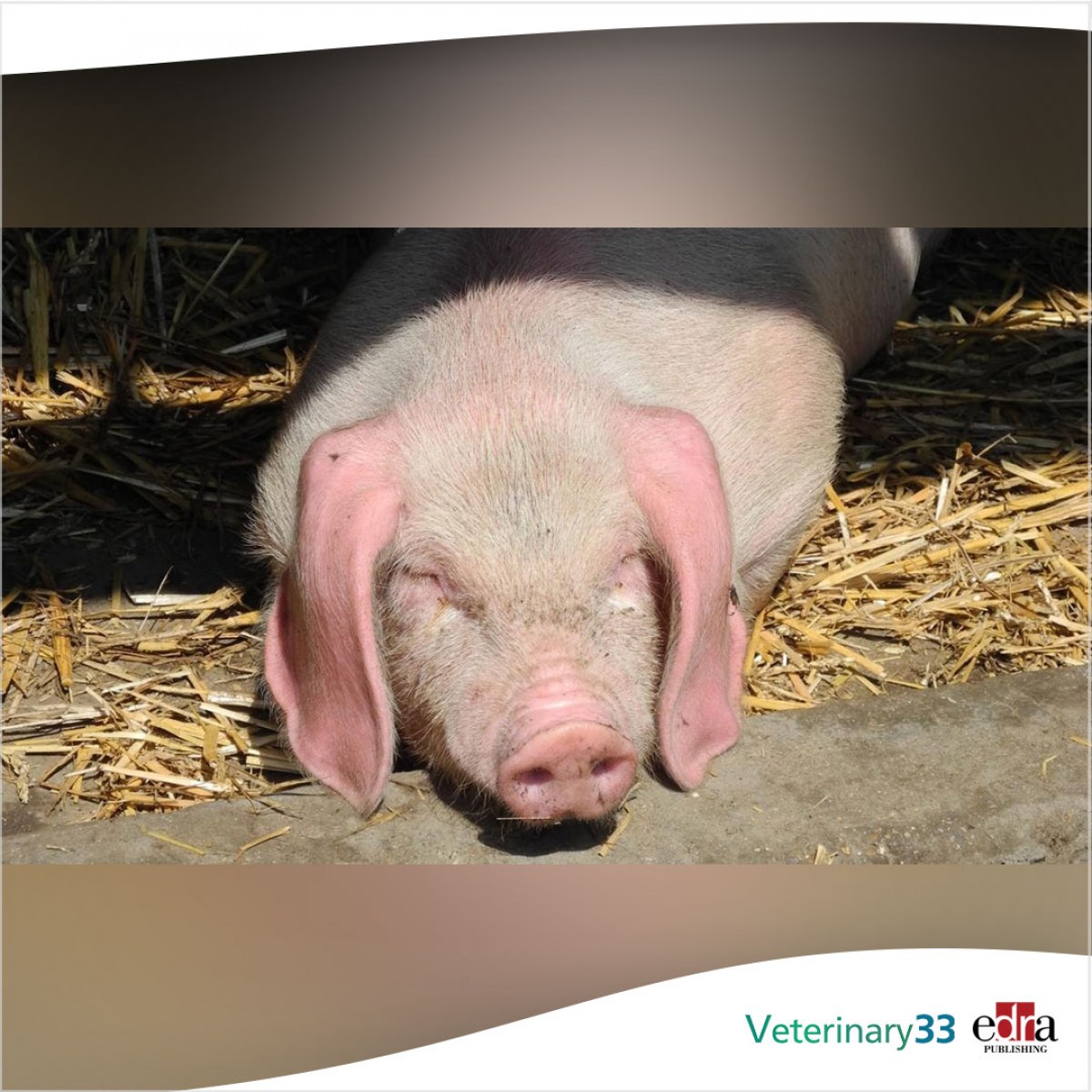Study looks at effects of lameness on productivity, longevity for sows in pen gestation in Sweden
The objective of this research was to determine the impact of lameness on the productivity and longevity of sows and to evaluate the effects of housing management on the elimination of lameness in herds with gestation in pens.
Researchers collected retrospective production records and information on housing methods from 23 farms using gestation in pens and analyzed them for the removal of 214,254 sows from 2014 to 2020. Statistical analyses were performed to assess differences in longevity, productivity and the impact of the housing methods.
Lameness was the third most reported cause of sow removal (13.7%). Sows culled for lameness spent significantly fewer days in the herd (P < .001), resulting in fewer litters (P < .001). The odds of removal for lameness were increased by several farm level factors including using dynamic groups and decreasing square footage (P < .05).
These results imply that lameness is one of the top three reasons reported for sow removal and those sows are costly as they leave the herd earlier, are less productive, and are more likely to die or be euthanized versus culled. Housing methods play a role in the odds of removal for lameness and should be further investigated.
Hallowell A, Pierdon M. Effects of lameness on productivity and longevity for sows in pen gestation. J Swine Health Prod. 2022;30(4):223-229. https://doi.org/10.54846/jshap/1271














List
Add
Please enter a comment